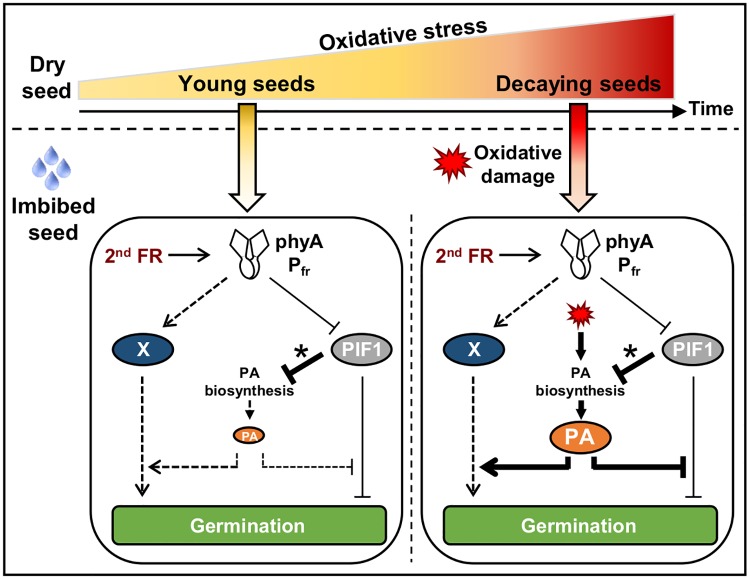Fig 8. Model for phyA-mediated germination in young and decaying seeds.
(Left panel) In younger seeds a second FR pulse late upon seed imbibition (2nd FR) promotes PIF1 downregulation after activating phyA. However, PIF1 extinction time is short (asterisk), which maintains low PA levels and renders phyA-mediated germination less efficient. (Right panel) In decaying seeds, PIF1 extinction time after a second FR pulse remains short (asterisk). However, accumulation of oxidative damage (red symbol) leads to high PA levels thus bypassing PIF1 repression of PA accumulation. In turn, high PA levels enhance phyA-mediated germination. PAs could inhibit PIF1-dependent repression of germination or, alternatively, could promote phyA-mediated germination independently of PIF1 (putative “X” pathway). As seeds age, dry seeds decay due to accumulation of oxidative events, which compromises their capacity to form a viable seedling upon imbibition. In decaying seeds, oxidative stress promotes high PAs levels that could protect cells through their antioxidant activity while in parallel enhancing phyA-mediated seed germination as a last chance to survive even under unfavorable canopy light.

